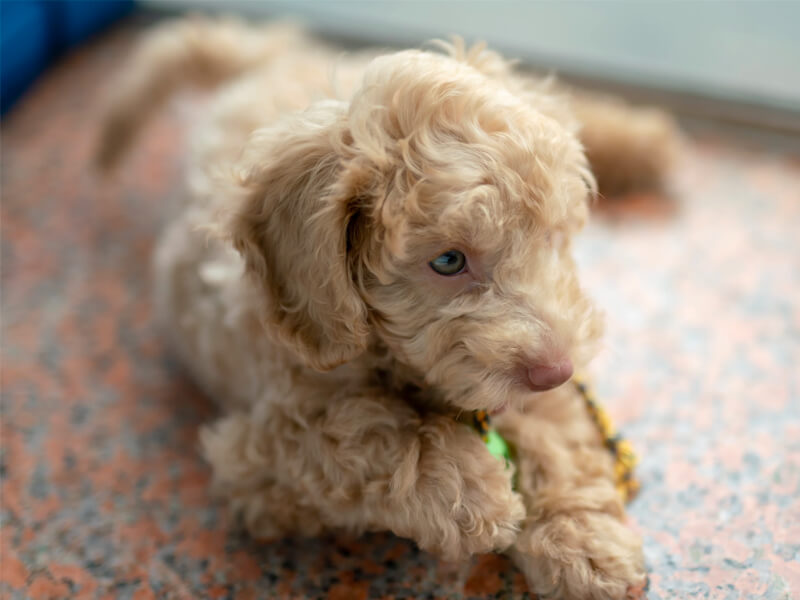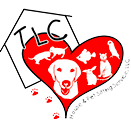Training a New Puppy
Part 1
Congratulations on your new family member. Training a new puppy can be one of the most challenging and most rewarding jobs you’ll ever encounter. If you’re a first time puppy owner, you may be wondering what in the world you’re supposed to do with this furry bundle of joy. We remember our first puppy, and it can be a confusing time if you’re not sure what to do or how to do it. Here, we’ll venture to help you navigate through these first few days, weeks and months with a pack leader mindset and confidence.
It’s All In a Name
The first time you call your puppy’s name, you know exactly what it means. Your pup, however, only hears it as a word. Therefore, it’s important to start adding value to the name so that your pup is encourage to respond to it.
Try this:
Say your pups name and then give them a reward. The reward can be in the form of a very small training treat or part of their daily food. Do this three or four times in a row. We find that pups at this age — with short attention spans and little bellies — are most motivated when they are hungry. Training at meal time will help to drive home the message of their name.
Level Up:
Now that your puppy understands that the sound of their name gets them a reward, it’s time to get them to respond when you’re not face to face.
Wait until your puppy is distracted. Which with a puppy, shouldn’t take too long. Call their name and put a treat on their nose (keeping your hand in place). Then turn them towards you (either with your other hand or by moving the treat that they will instinctively follow). Once they are facing you, give them the treat. This reinforces that your pet should respond to you when they hear their name.
Pro-Tip:
To ensure that you can command your pup by calling their name, do not over use it. If a pups name is overused, it tends to be watered down in importance, and they may choose to stop responding to it. Training a puppy is also about training us humans.
Using a New Collar
As a right of passage, every puppy learns to wear their new collar. At first, they may scratch at it or act as if they’d like it taken off. This is normal. It’s similar to us getting used to new shoes or new glasses, for instance.
Long-term, a dog’s collar is very important. Training a puppy to wear a collar gives you a way to keep your puppy, and later your adult dog, safe.

Play Time and Out Time
Did you know that you can use toy play time as a way to teach your puppy to go outside?
Start by finding a toy that you can hold securely and animate it on the ground for them — dragging it from side to side. Make it look exciting so that your puppy is interested in engaging with the toy. Once your puppy gets a hold of that toy and is tugging back and excited say the word “out”. At the same time, present the reward (treat, dog food) and tell them “good girl/boy” once they take it. Do this in succession a few times. This helps lay the groundwork for using the word “out” to instruct your puppy that it’s time to go outside.
In Part 2 of this series, Training a Puppy, we’ll be covering a few other essentials for new puppy owners, such as how crating a puppy is helpful for you and them.
For More Information
If you have questions about this topic or general questions about pet care, you can contact Kara Jenkins, Owner of TLC House & Pet Sitting. We are also available by email at info@tlcpetsitter.com. View more of our articles on pets here.
If you have questions about this topic or general questions about pet care, you can contact Kara Jenkins, Owner of TLC Pet Sitter. We are also available by email at info@tlcpetsitter.com. View more of our articles on pets here.
